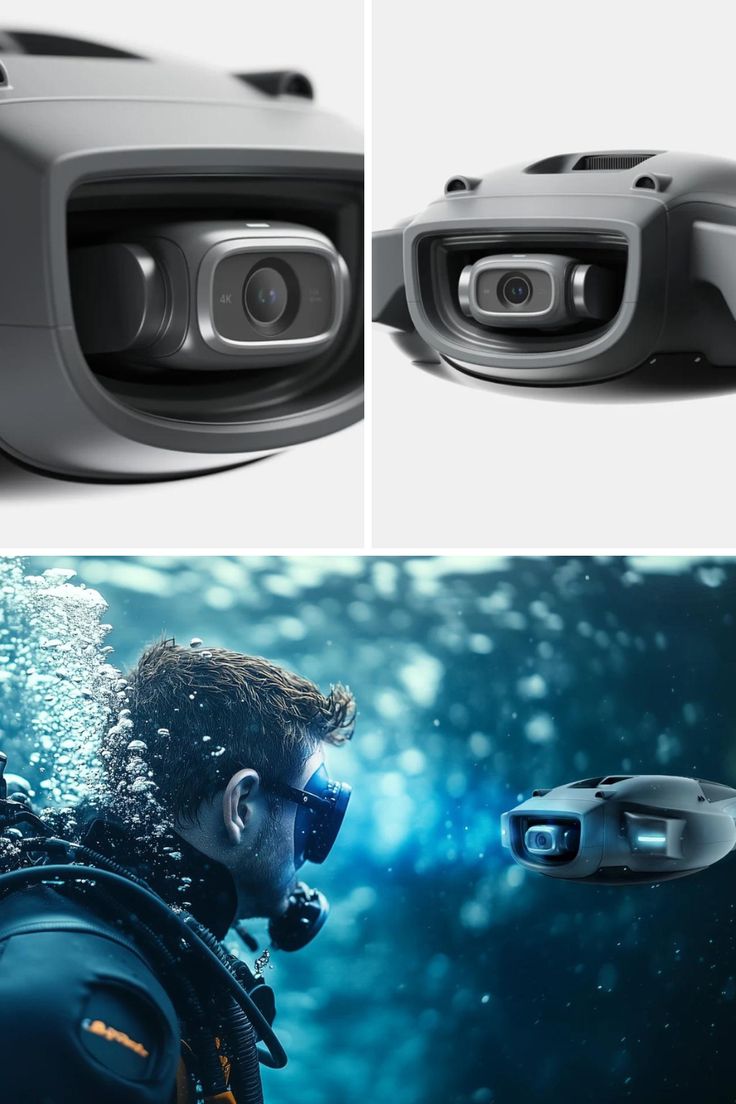New Night Vision Camera Can See Through Camouflage Thanks to Cat-Inspired Tech
Thanks to Rocky III, we know having the eye of the tiger can help you beat the snot out of Mr. T, but the peepers of smaller felines, like house cats, could be the key to taking out some even larger targets.
A team of engineers at several South Korean universities, led by Young Min Song, a distinguished professor at the Gwangju Institute of Science and Technology, used the optic systems of cats as inspiration in developing a new type of camera, capable of capturing images in dark conditions, and seeing through camouflage. The tech could have some far-ranging applications, including being used in military drones.
Anyone who’s ever seen a cat in a dark room is familiar with the creepy glow their eyes can have in low light. This effect occurs due to a structure called the tapetum lucidum, which reflects light. The retina is able to absorb light that’s hitting it directly, but also light that’s reflected by the tapetum lucidum, giving cats enhanced night vision—and without the clunky goggles.
Small felines, like house cats, also have another weird eye feature, one that’s common to diminutive ambush predators: a vertical pupil, which gives them enhanced depth perception and the ability to filter out background visual clutter, allowing them to maintain high-definition focus on a single object they want to pounce on, like a small animal, or your toes while you sleep. Both those characteristics are handy when it comes to seeing prey, even when it’s camouflaged.
To recreate these structures, Song and his colleagues fabricated a vertical camera aperture and combined it with a silicon photodetector array equipped with silver reflectors, simulating the two-pronged light absorption of the tapetum lucidum. As described in the study, published today in Science Advances, the researchers tested their device by pointing it at a mouse-shaped object, which was concealed by a line pattern, at various distances. Sure enough, the lens was able to distinguish the mouse shape, despite the camouflage.
The cat eye camera does have some limitations, Song admitted in the study. The human-made image sensors are still not as acute as the ones cats possess, and one of the downsides of mimicking a cat’s slit-like pupils is a reduced field of vision. But the engineers proposed a solution: Devices using their camera should mimic not only a cat’s visual system, but also its head and shoulder muscles, allowing for a more complete replication of feline movements.
Cats aren’t the only animals to inspire new camera concepts. As the engineers note in the study, others have proposed, or even developed, lenses based on the biology of elephant nose fish, cuttlefish, and the mind bogglingly complex eyes of the mantis shrimp. But according to the study, cat eyes hold the most promise for dark conditions, which would have a wide number of applications.
“Our artificial vision system holds great potential for facilitating the deployment of mobile robots to a variety of unconventional robot applications by replacing humans,” they wrote. “Representative examples include unmanned vehicles, surveillance robots, and military drones.”
So the next time you’re at home after being laid off in favor of an automaton, and catch the latest news report about an uncrewed aircraft aiding in a war crime, you can turn to your laziest pet, and offer heartfelt thanks for making it all possible.




